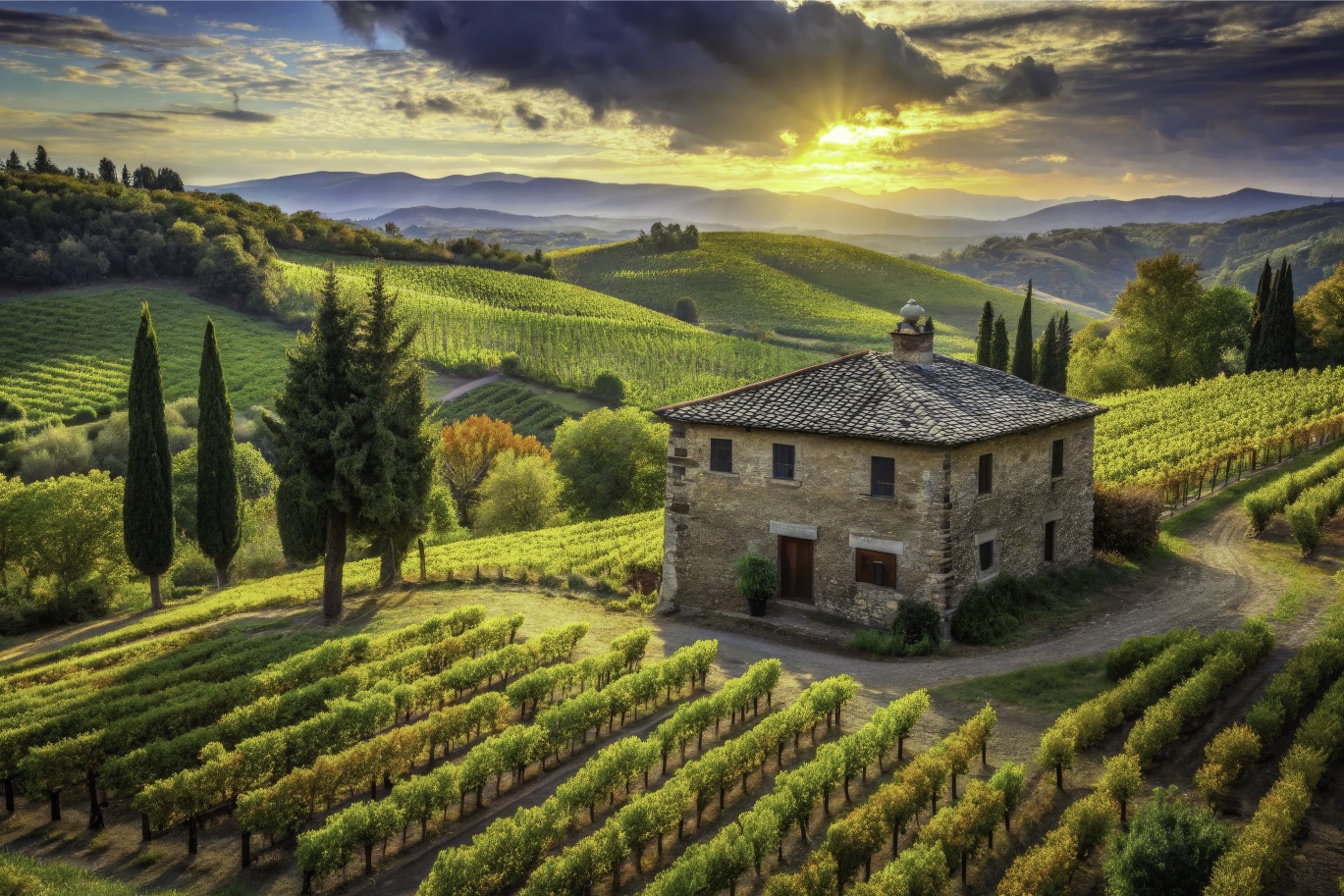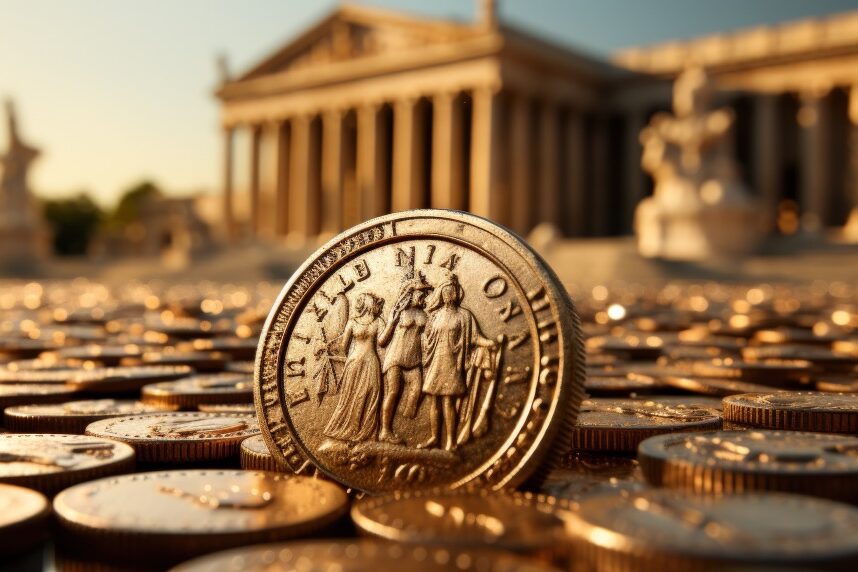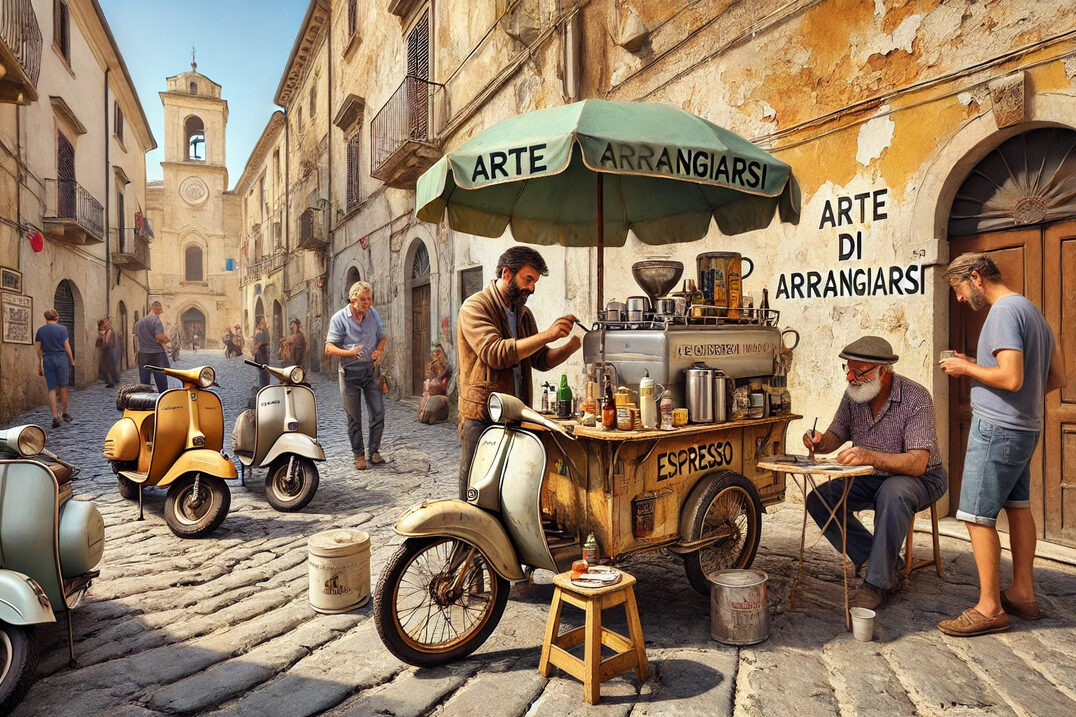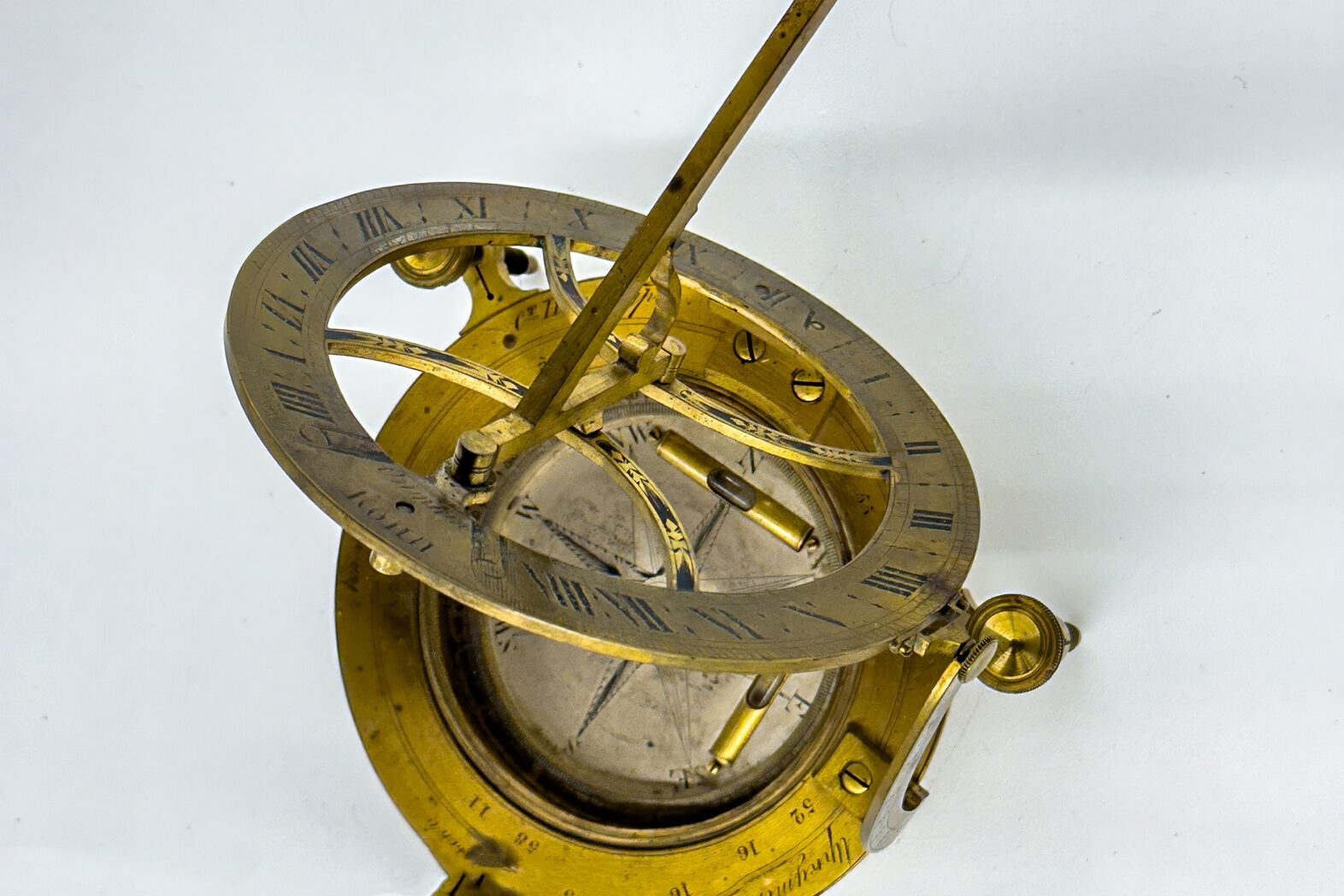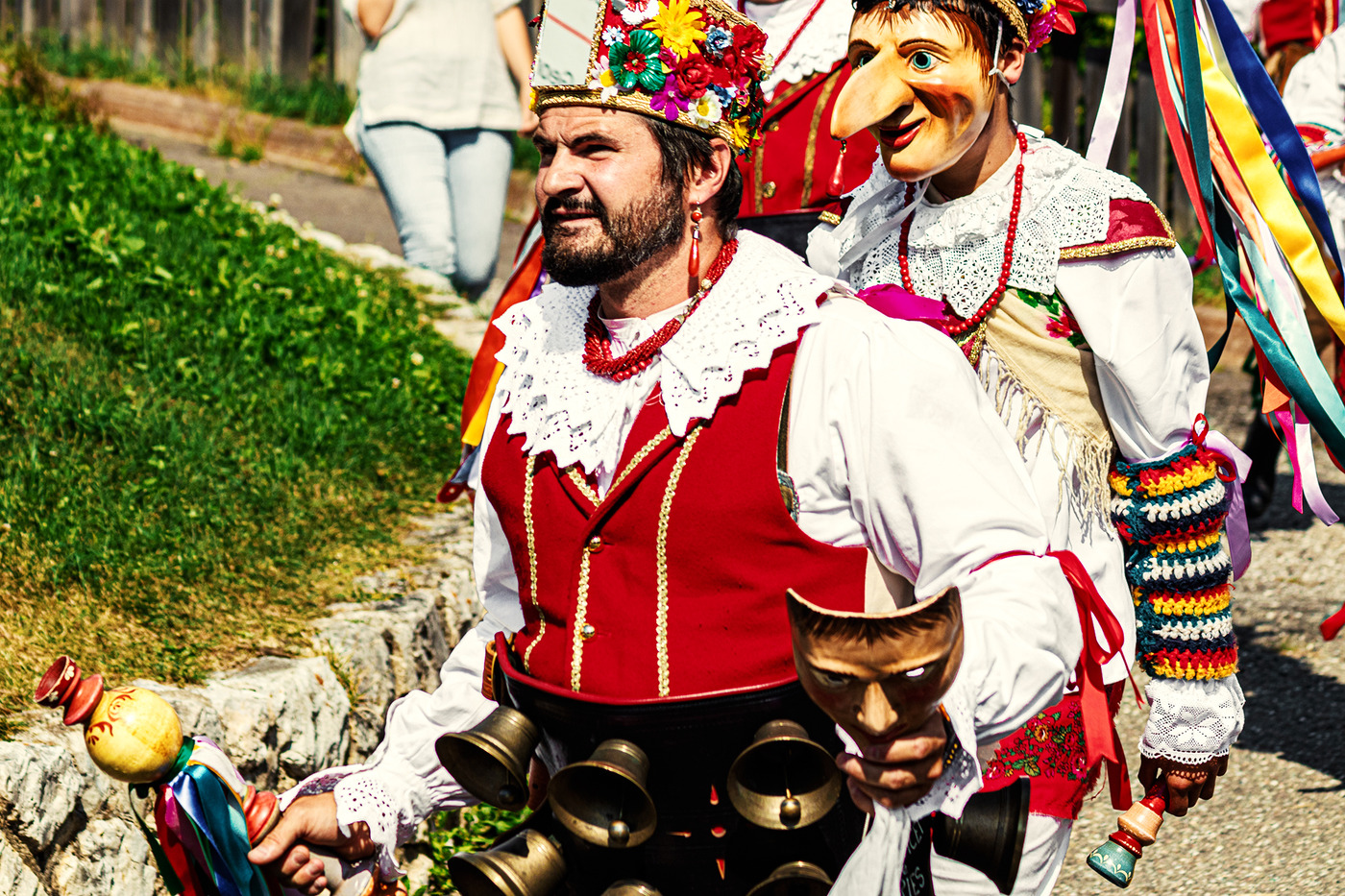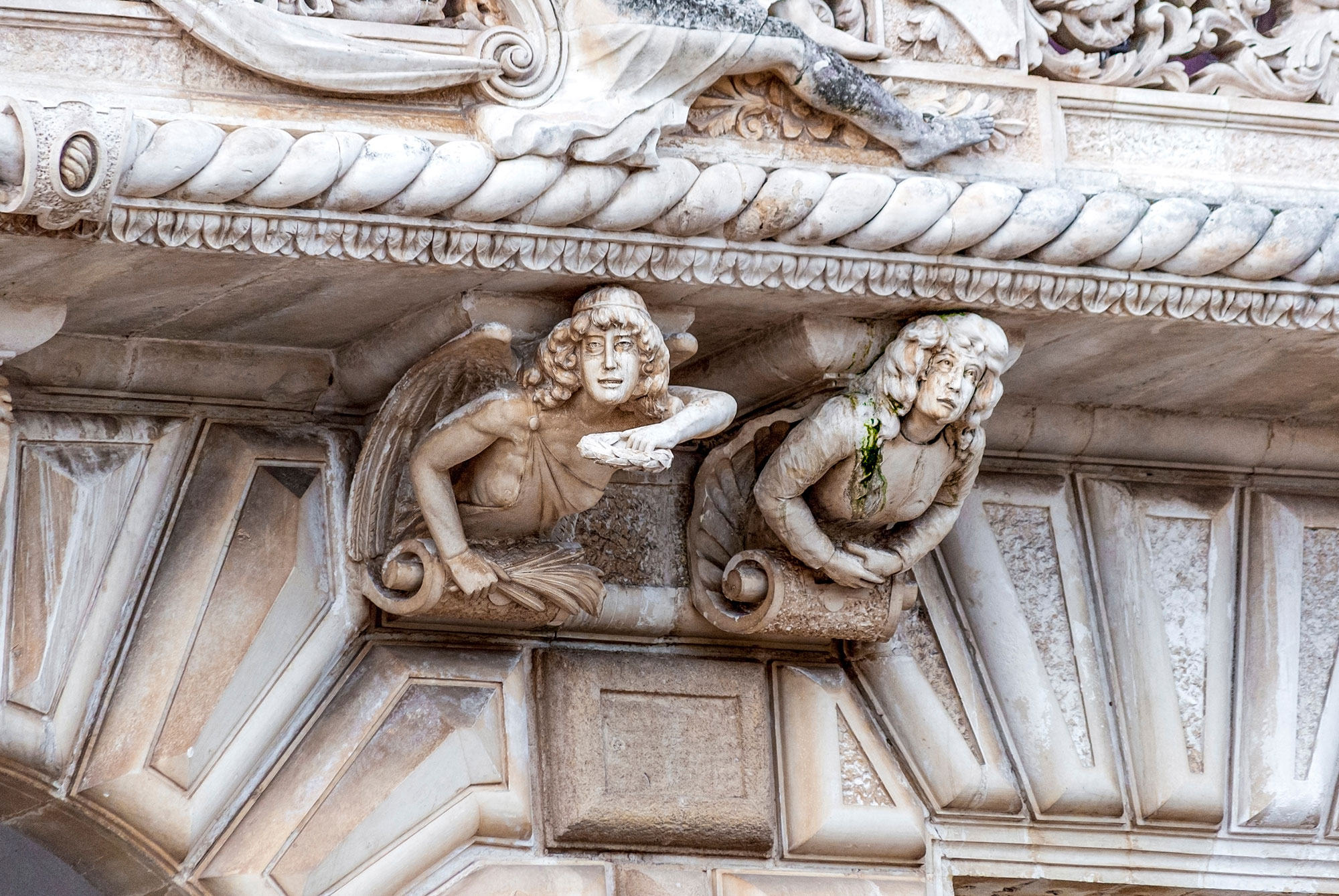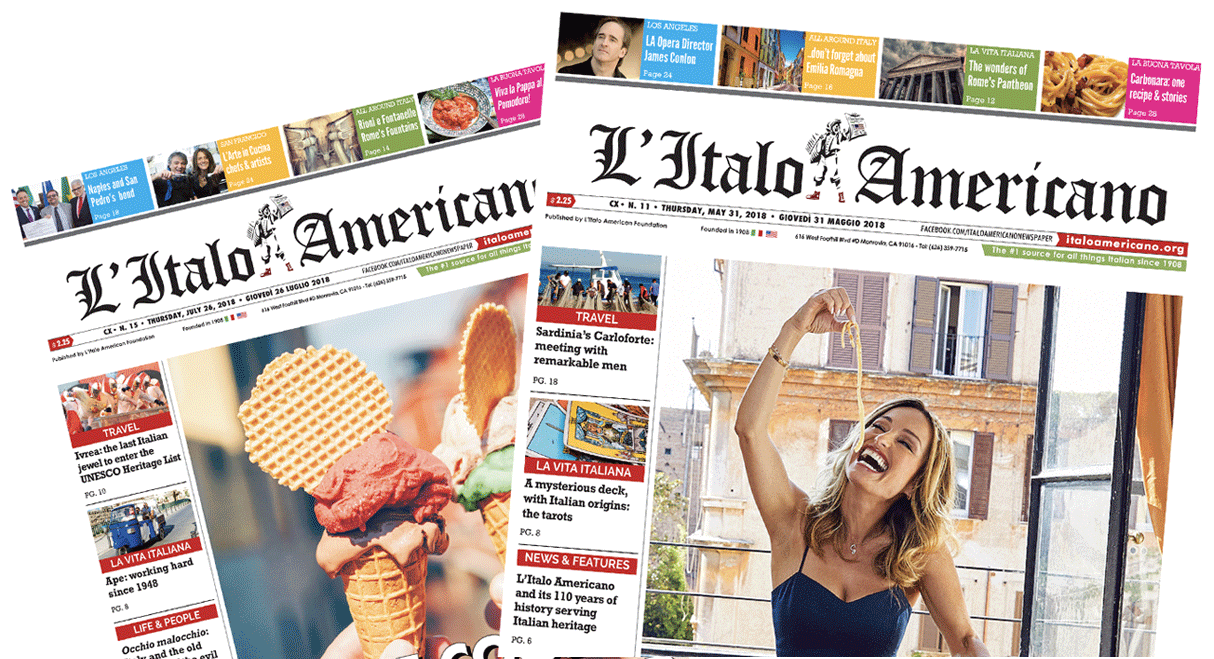Luca Signorini
Liscio music is a distinctly Italian style of dance music, with an important place in the social and cultural life of many regions of the country, particularly in the north; born in Emilia-Romagna in the 19th century, liscio is a …
Tuscany’s countryside has long been framed through a romantic lens, often shaped by films and novels like Under the Tuscan Sun. But, while the image of endless vineyards, rustic farmhouses, and golden hills has been the dream of Italophiles worldwide, …
What did a Roman legionary or gladiator actually earn, and what can that tell us about the societies they served? If we look beyond grand battles and legendary rulers, the economic details of these roles reveal the real – and …
If you grew up as I did, with grandparents who lived through the last world war, you know how incredibly resourceful they were. They could cook with almost nothing, they knew how to fix just about everything, and nothing went …
Long before the advent of quartz crystals, digital displays, or GPS-enabled smartphones, ancient Romans were already walking around with personal time-telling devices in their hands. We are not talking about watches in the modern sense, of course, yet they fulfilled …
Panno Casentino is a traditional wool fabric with an incredibly long history and tradition, produced in the Casentino Valley of Tuscany. Known for its distinctive curly surface and vivid colors, particularly orange and green, Panno Casentino has been a symbol …
A new initiative is in motion to have Italian comedy recognized as part of UNESCO’s Intangible Cultural Heritage, a move that aims to celebrate a tradition deeply rooted in the country’s artistic and social fabric. The idea, spearheaded by the …
In Italy, brass and wind bands – known as bande musicali – are everywhere: they perform in town squares, lead religious processions, train local youth, and preserve centuries of musical tradition. Still today, they are a central feature of social …
The Carneval di Mat, or Carnival of the Fools, is one of the most distinctive historical celebrations of Carnevale in Italy, but it has many colorful European connections. Carnevale is commonly associated with a temporary suspension of the established social …
Pietra Leccese is a type of limestone, known for being the warm, malleable stone that gave Lecce – one of Italy’s most visually distinctive cities – its unique architectural personality. Found only in a small area of southern Italy’s Salento …

